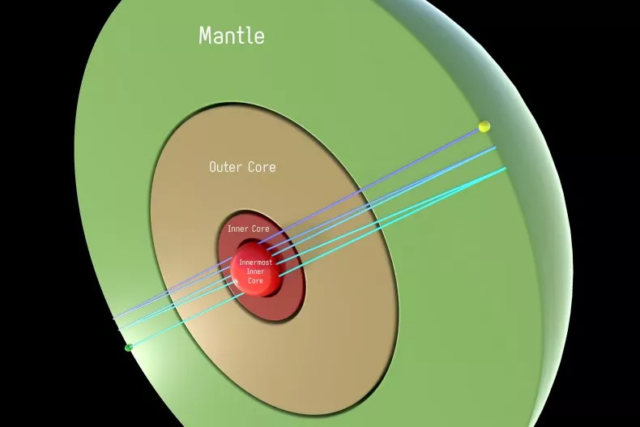MI weekly selection #503

Ancient fish that ate humans’ ancestors discovered
Researchers have excavated the remains of a giant ancient bony fish species with fangs from about 350 million years ago in what is now South Africa. The findings, published in the journal PLOS One, indicate that the Hyneria udlezinye species measured up to 2.7 meters long and likely preyed on tetrapods, the four-legged ancestors of humans.
Full Story: Live Science
Sleeping better can help you live longer
Five positive sleep habits can add years to life expectancy, according to a study of 172,000 people presented at an annual meeting of the American College of Cardiology. The consistent use of the five sleep habits, which include getting seven to eight hours of sleep, extended life expectancy by 4.7 years for men and 2.4 years for women compared to people who did none or one of the elements.
Full Story: CNN
A giant black hole is ravaging a strange dust cloud
A massive black hole in the Milky Way galaxy is destroying a mysterious dust cloud and is predicted to consume the cloud sometime after 2036. The dust filament is as large as approximately 50 Earths and is thought to have formed when two stars merged, although researchers will continue to study the strange phenomenon.
Full Story: Space
Viral genetic sequences in pluripotent bat stem cells
Researchers report that they successfully converted cells from both greater horseshoe and greater mouse-eared bats into induced pluripotent stem cells, and they discovered numerous active versions of viral genetic sequences in the pluripotent cells. The findings may shed light on how bats resist infection with viruses that are lethal to other mammals, and the new technique for producing iPSCs is likely to facilitate research into the degree to which viral sequences are integrated into the genomes of other mammals.
Full Story: Science
Earth’s inner core may have an iron heart
Using seismograms from hundreds of earthquakes over the past 10 years, researchers have found that Earth’s innermost layer contains a 400-mile wide central core made of iron, according to a study in Nature Communications. Seismic waves travel at a different speed in this innermost core, possibly “caused by different arrangements of iron atoms at high temperatures and pressures or the preferred alignment of growing crystals,” says lead author Thanh-Son Pham of Australian National University.
Full Story: Newsweek